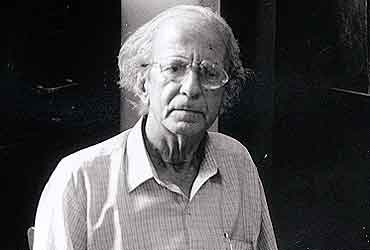
This is a lesser-known short poem of Eliot published in Collected Poems 1909-1962. To the Indian Who Died in Africa: About the Poet The more one tries to say about T.S. Eliot, the more one fumbles for adjectives to describe the prodigious genius. Thomas Stearns Eliot (1888 – 1965) was born in America (St. Louis)… Continue reading To the Indian Who Died in Africa: Analysis

About the poet – A Jewish-Indian poet, playwright, art critic (The Names of India (1964–66)) and editor (Poetry India (1966–67)) born on 14th December 1924 in Mumbai, was regarded as the path finder of the post colonial Indian English writing. Known for his deft handling of the irony of the quintessential Indian milieu and its… Continue reading Summary and Analysis of the Night of the Scorpion by Nissim Ezekiel

Every work of art that a writer creates or writes actually carries some germ of the writer’s life. Thereby any attempt to say something about a poem or any piece of literature is actually an attempt to say something about one’s own self. Kamala Das, in her autobiography My Story asserts that “. . .… Continue reading An Introduction: Autobiographical Elements

In her celebrated essay, Can the Subaltern Speak? Gayatri Chakraborty Spivak points out the ability and inability of the subalterns to speak about their issues in their voices. Kamala Das’s poem is also the voice of the subaltern. Here the subaltern are the women, especially Indian women. Kamala Das becomes a spokesperson (well almost) for… Continue reading Introduction by Kamala Das Analysis




